The predictive value of cardiac ultrasound for adverse events in acute heart failure AHF
DOI: 10.23977/medsc.2024.050510 | Downloads: 6 | Views: 827
Author(s)
Ren Haohan 1, Ren Jianxing 2
Affiliation(s)
1 Gansu University of Traditional Chinese Medicine, Lanzhou, Gansu, 730000, China
2 Tianshui First People's Hospital, Tianshui, Gansu, 741000, China
Corresponding Author
Ren HaohanABSTRACT
To investigate the predictive value of echocardiography for adverse events in patients with acute heart failure AHF, the study selected 100 AHF patients treated at a hospital from November 2022 to December 2023. Based on the occurrence of endpoint events during follow-up, the patients were divided into an event group 36cases and a non-event group 64cases. All patients underwent echocardiographic examinations upon admission, with measurements including left ventricular ejection fraction LVEF, E/A ratio, and Tei index. Logistic regression analysis was used to evaluate their impact on adverse events. The results indicated that the E/A ratio and LVEF were significantly lower in the event group compared to the non-event group, while the Tei index was significantly higher P<0.01. Logistic regression analysis revealed that the E/A ratio and LVEF were independent protective factors, whereas the Tei index and age were independent risk factors P<0.05orP<0.01. Receiver operating characteristic ROC curve analysis showed that the combined detection of the E/A ratio, LVEF, and Tei index yielded an area under the curve AUC of 0.903, which was higher than any single indicator. The combined detection demonstrated a sensitivity of 86.11% and specificity of 92.19%.These findings suggest that the E/A ratio, LVEF, and Tei index are effective in predicting the risk of adverse events in AHF patients, and their combined detection provides significantly greater predictive value compared to individual indicators. This offers valuable guidance for early risk stratification, clinical decision-making, and personalized treatment in AHF patients.
KEYWORDS
Acute heart failure (AHF); cardiac ultrasound; prognosis evaluationCITE THIS PAPER
Ren Haohan, Ren Jianxing. The predictive value of cardiac ultrasound for adverse events in acute heart failure AHF. MEDS Clinical Medicine (2024) Vol. 5: 67-71. DOI: http://dx.doi.org/10.23977/medsc.2024.050510.
REFERENCES
[1] Zhang Chengjia, Jing Haiyun, Wang Dan. Predictive value of GA and HbA 1 c levels for mortality risk in patients with acute heart failure [J]. Journal of WMedicine, 2024, 22 (12): 2224-2227.
[2] Luo Dongdong, Zhou Wanbao, Wu Hui. The application value of volume management in the treatment of patients with acute heart failure [J]. Contemporary Medicine, 2023, 29 (20): 95-98.
[3] Wang Xinya, Wang Qian, Chen Yiyi, etc. The value of gamcholate combined with serum FT3 / FT4, IGFBP7, NT-proBNP in predicting poor prognosis in patients with acute heart failure [J]. Chinese Journal of Emergency Recovery and Disaster Medicine, 2023, 18 (11): 1404-1408.
[4] Jing Jiaoying, Zhu Jianfa, Zhang Xiao. Predictive value of serum RDW, NT-proBNP level for combined detection of MACE in elderly patients with acute heart failure [J]. Huaihai Medicine, 2024, 42 (2): 142-146.
[5] Wang Zhenlei, Mou Weifeng, Cui Peng. Predictive value of type B brain sodium peptide levels at admission for poor outcome in acute heart failure [J]. Contemporary Medicine, 2023, 29 (26): 134-136.
[6] Xue Zhongwen, Lu Songhui, Wang Shuang. Construction of risk factors and risk prediction model for diuretic resistance in patients with acute heart failure [J]. Hebei Medicine, 2024, 46 (8): 1156-1160.
[7] Bi Jiancheng, Liu Qunying, Feng Junling, et al. Prediction model construction and risk stratification study of unplanned readmission in elderly patients with acute heart failure [J]. Journal of Integrated TCM and Western Medicine in Cardiovascular and cerebrovascular Diseases, 2023, 21 (10): 1860-1864.
| Downloads: | 10011 |
|---|---|
| Visits: | 671807 |
Sponsors, Associates, and Links
-
Journal of Neurobiology and Genetics

-
Medical Imaging and Nuclear Medicine

-
Bacterial Genetics and Ecology
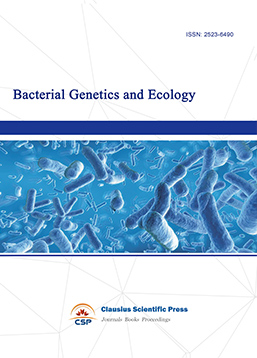
-
Transactions on Cancer
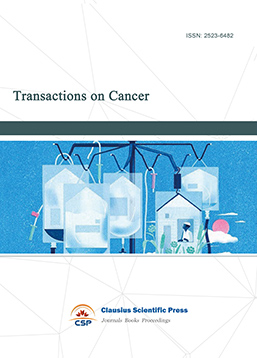
-
Journal of Biophysics and Ecology
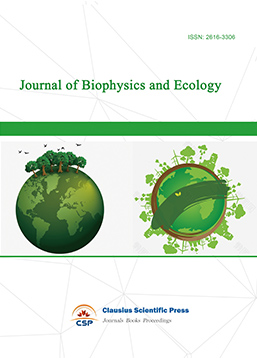
-
Journal of Animal Science and Veterinary
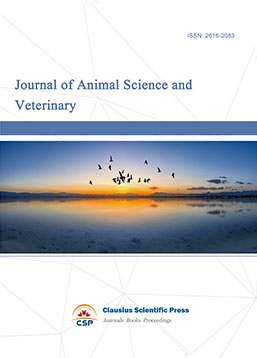
-
Academic Journal of Biochemistry and Molecular Biology
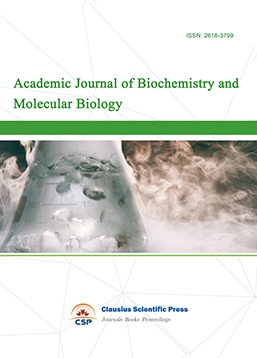
-
Transactions on Cell and Developmental Biology
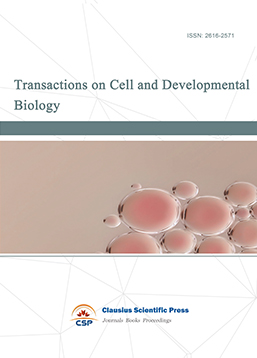
-
Rehabilitation Engineering & Assistive Technology
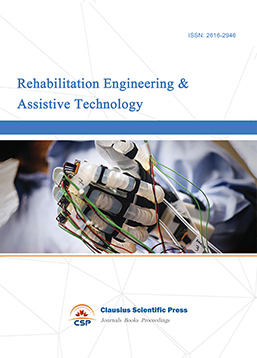
-
Orthopaedics and Sports Medicine
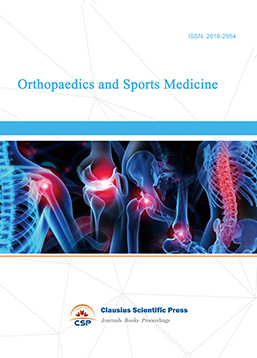
-
Hematology and Stem Cell

-
Journal of Intelligent Informatics and Biomedical Engineering
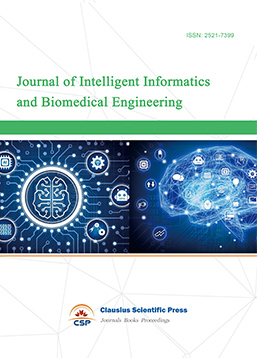
-
MEDS Basic Medicine
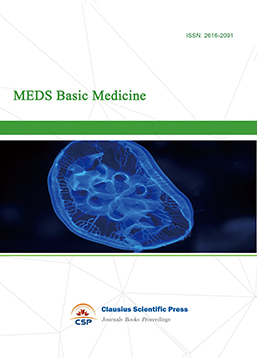
-
MEDS Stomatology
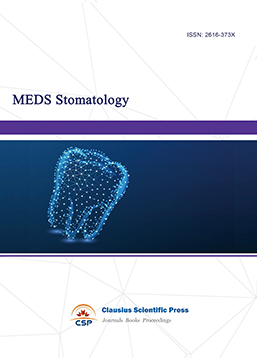
-
MEDS Public Health and Preventive Medicine
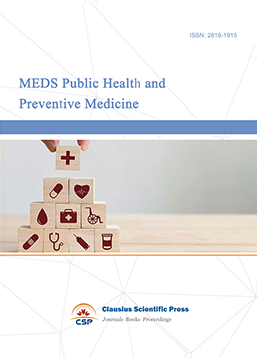
-
MEDS Chinese Medicine
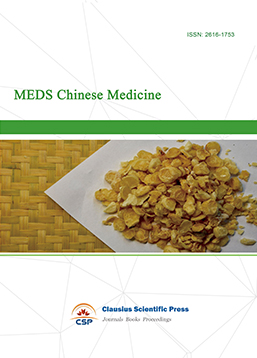
-
Journal of Enzyme Engineering
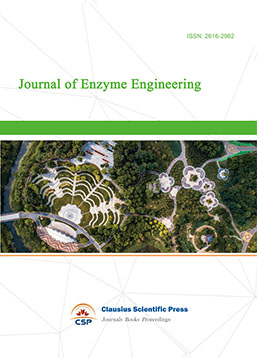
-
Advances in Industrial Pharmacy and Pharmaceutical Sciences
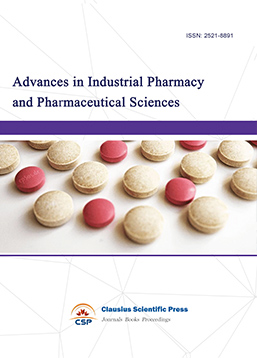
-
Bacteriology and Microbiology
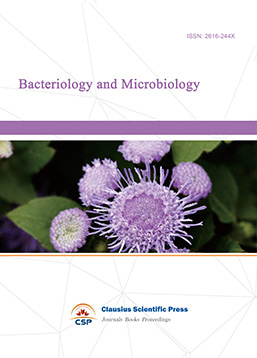
-
Advances in Physiology and Pathophysiology
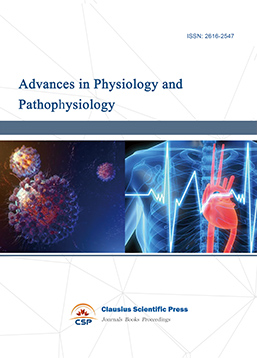
-
Journal of Vision and Ophthalmology
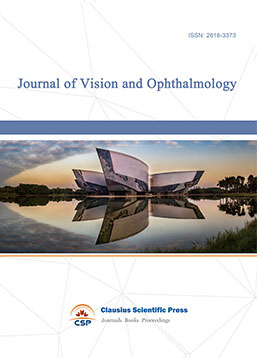
-
Frontiers of Obstetrics and Gynecology

-
Digestive Disease and Diabetes
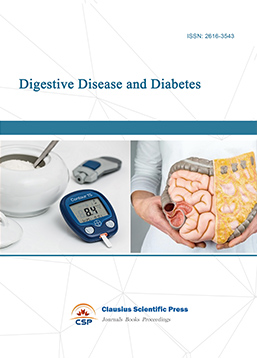
-
Advances in Immunology and Vaccines

-
Nanomedicine and Drug Delivery
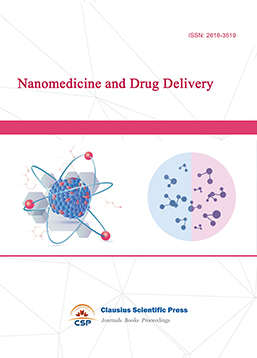
-
Cardiology and Vascular System
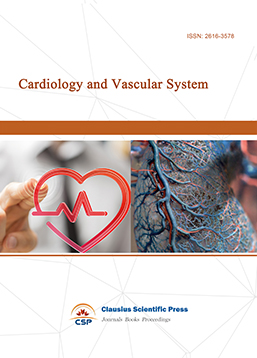
-
Pediatrics and Child Health
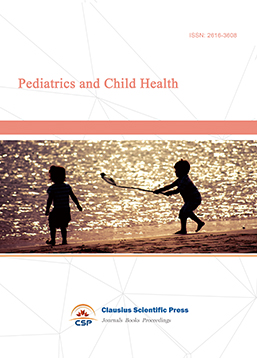
-
Journal of Reproductive Medicine and Contraception
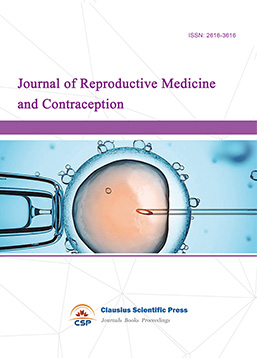
-
Journal of Respiratory and Lung Disease
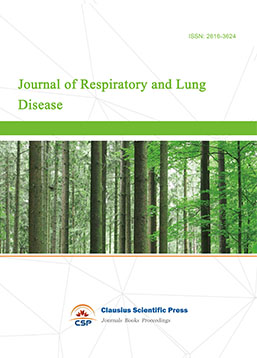
-
Journal of Bioinformatics and Biomedicine
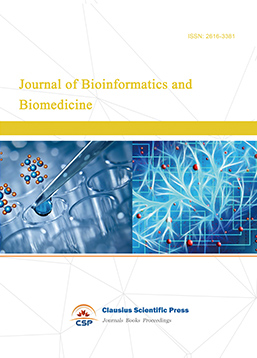

 Download as PDF
Download as PDF